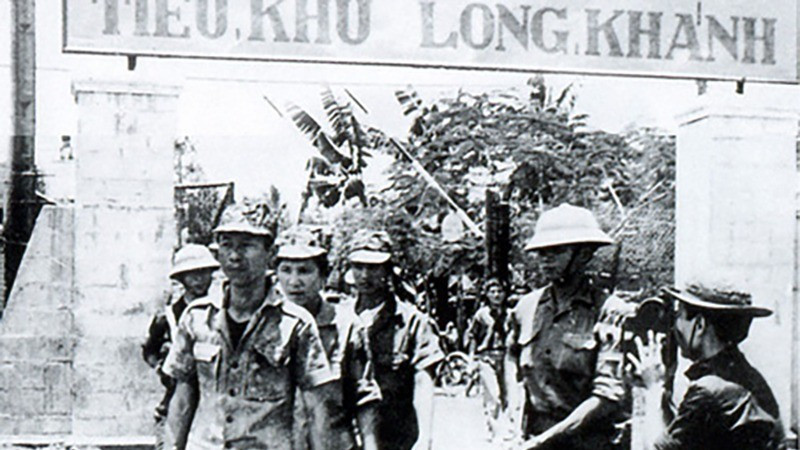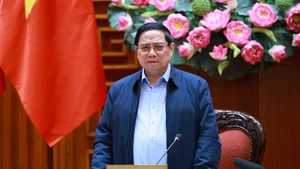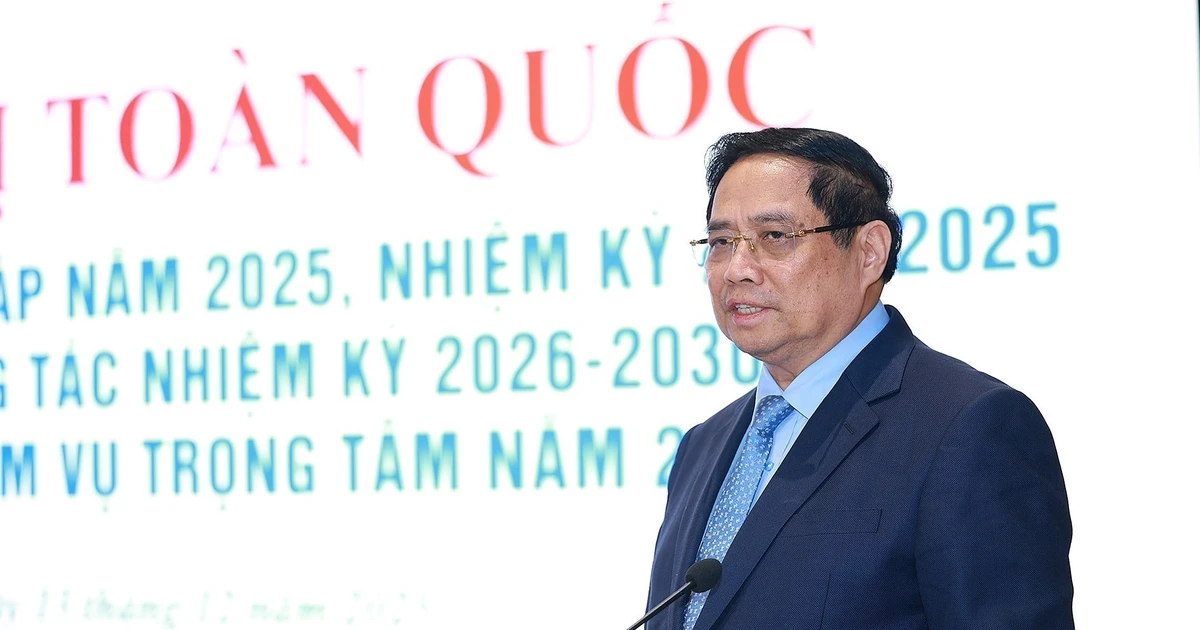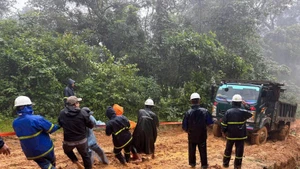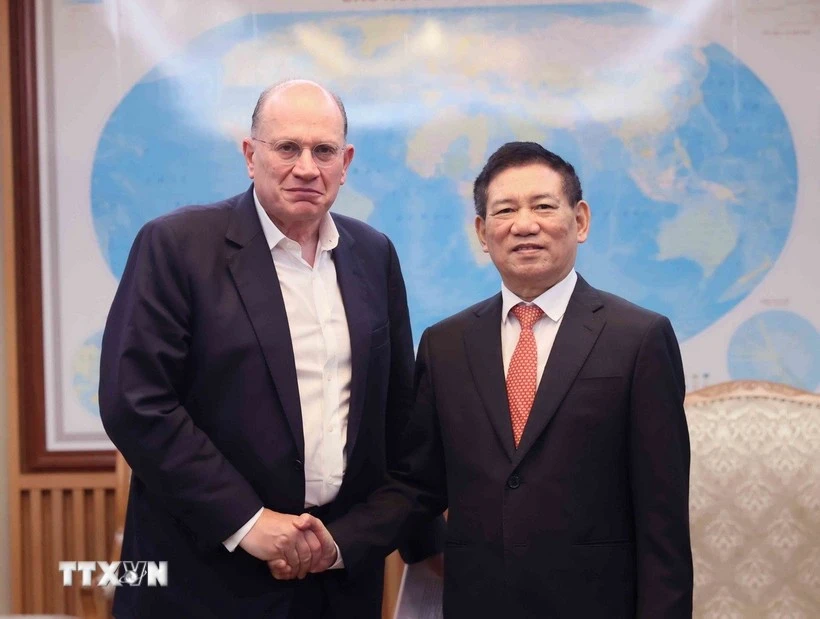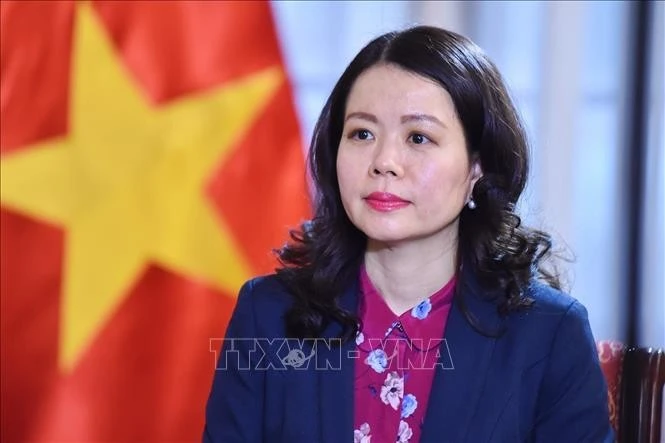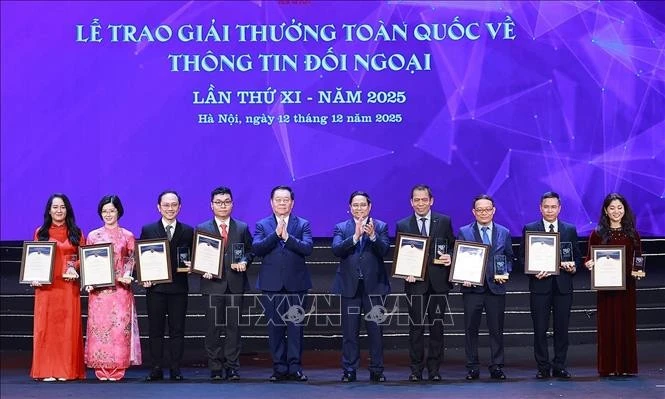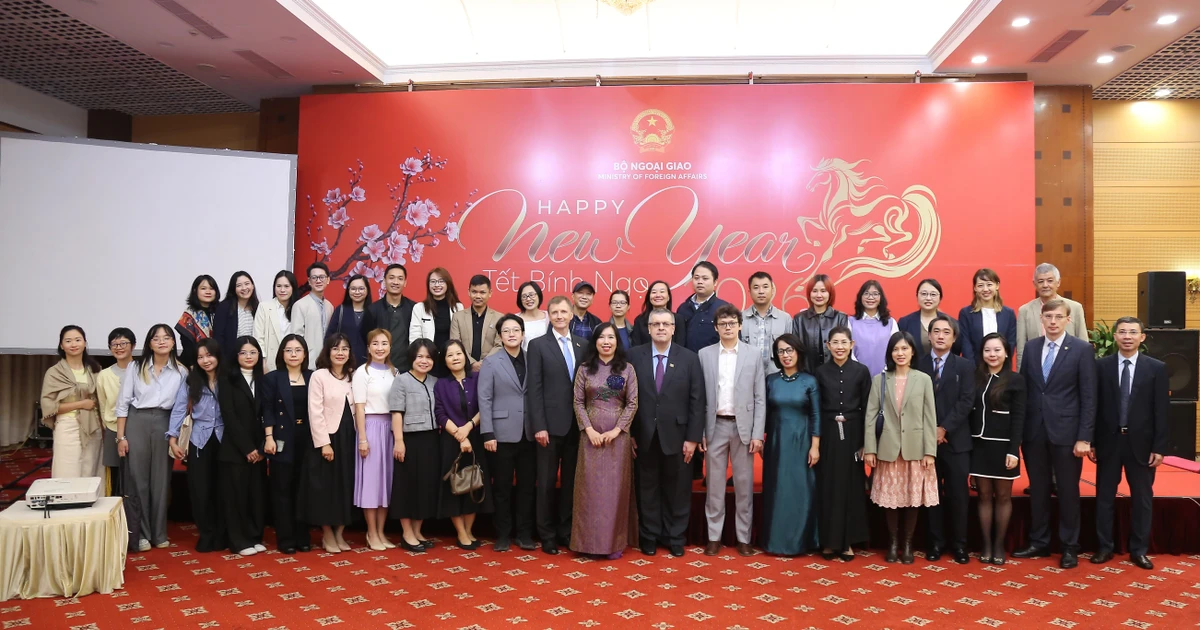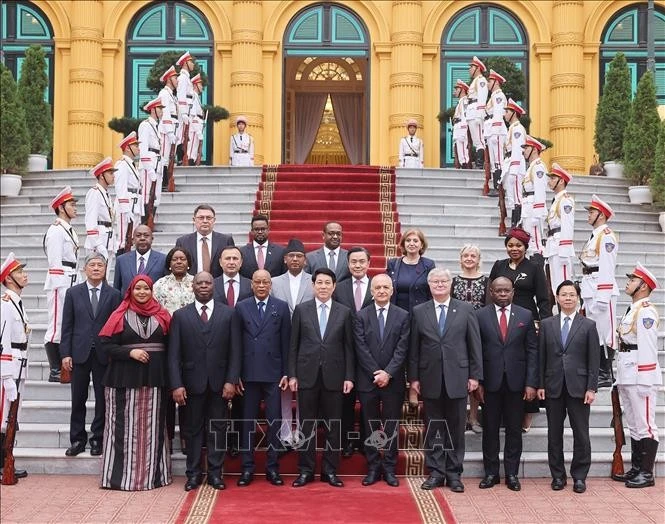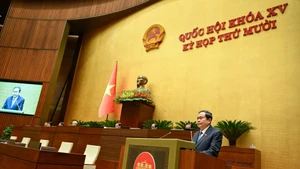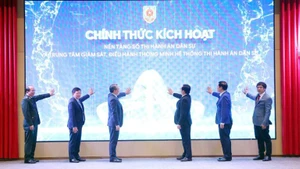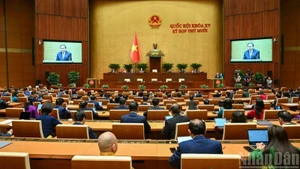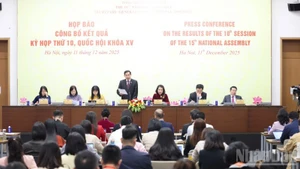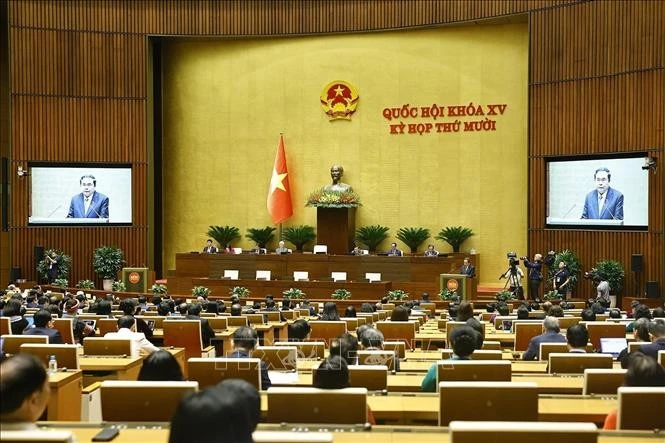To prepare for the takeover of Saigon, on April 21, 1975, the Secretariat sent telegram No. 178 to the Standing Committee of the Central Office for South Vietnam, affirming: “The takeover Saigon is not only of great importance, demonstrating the political and organisational capacity of the revolutionary government towards the people of the city, but also towards the whole world.”
On April 21, the town of Xuan Loc and the entire Long Khanh Province were liberated. The "steel door" on the eastern road leading into Saigon was broken, shaking the remaining enemy defence system around Saigon. After this victory, the Party Committee and the Command of Corps 4 met to discuss the next tasks assigned to the Corps.
On April 21, Division 325 and the leading forces of Corps 2 moved into Xuan Loc, positioning themselves at the assembly area in the Ong Que Forest (8 km south of the town).
On the same day, Division 10 of Corps 3 arrived at the assembly point in Cu Chi, preparing for participation in the campaign to liberate Saigon.
At 8 p.m. on April 21, the Command of Corps 3 ordered units to cross the Saigon River.
On the same day, the Standing Committee of the Party Committee of Corps 3 issued a directive “On the political work of the Ho Chi Minh Campaign,” identifying the main content of the campaign’s political work as the basis for units and agencies to carry out and complete the offensive mission on the main direction in this historic decisive strategic battle.
On April 21, the Commander of the artillery forces of the Ho Chi Minh Campaign reported to the Campaign Command the plan for artillery usage.
As of April 20, the artillery forces participating in the campaign included 55 battalions with 789 guns, arranged into 30 clusters consisting of 3 campaign artillery clusters, 6 corps artillery clusters, 12 division artillery clusters, and 9 infantry regiment artillery clusters. Each deep-penetration army had at least 2 artillery companies of 85mm and 122mm, or 105mm guns.
On April 21 and 22, the General Political Department submitted reports to the Standing Military Commission of the Central Military Commission on discipline compliance in some units in the newly liberated areas, stating clearly that the units quickly stabilised the local situation. The troops overcame many difficulties and strictly complied with policies in the newly liberated regions.
On April 21, in Saigon, Nguyen Van Thieu appeared on Saigon Television, criticising the United States for abandoning its ally and announcing his resignation as President of the US-backed government. Tran Van Huong replaced him.
On the same day, US General Welson, US military attaché in Saigon, led a delegation of advisors to inspect Binh Thuy Airport, discuss with Nguyen Khoa Nam - Commander of Corps 4 and the Commander of Airborne Division 4 of the US-backed forces a plan to evacuate aircraft at Bien Hoa and Tan Son Nhat airports and increase equipment at these airports to support Saigon when Bien Hoa Airport was paralysed.
